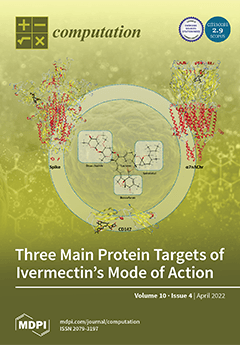The aim of this study is to investigate the effects of temperature-dependent viscosity on the natural convection flow from a vertical permeable circular cone with uniform heat flux. As part of numerical computation, the governing boundary layer equations are transformed into a non-dimensional form. The resulting nonlinear system of partial differential equations is then reduced to local non-similarity equations which are solved computationally by three different solution methodologies, namely, (i) perturbation solution for small transpiration parameter (
ξ), (ii) asymptotic solution for large
ξ, and (iii) the implicit finite difference method together with a Keller box scheme for all
ξ. The numerical results of the velocity and viscosity profiles of the fluid are displayed graphically with heat transfer characteristics. The shearing stress in terms of the local skin-friction coefficient and the rate of heat transfer in terms of the local Nusselt number (
Nu) are given in tabular form for the viscosity parameter (
ε) and the Prandtl number (
Pr). The viscosity is a linear function of temperature which is valid for small Prandtl numbers (
Pr). The three-fold solutions were compared as part of the validations with various ranges of
Pr numbers. Overall, good agreements were established. The major finding of the research provides a better demonstration of how temperature-dependent viscosity affects the natural convective flow. It was found that increasing
Pr,
ξ, and
ε decrease the local skin-friction coefficient, but
ξ has more influence on increasing the rate of heat transfer, as the effect of
ε was erratic at small and large
ξ. Furthermore, at the variable
Pr, a large
ξ increased the local maxima of viscosity at large extents, particularly at low
Pr, but the effect on temperature distribution was found to be less significant under the same condition. However, at variable
ε and fixed
Pr, the temperature distribution was observed to be more influenced by
ε at small
ξ, whereas large
ξ dominated this scheme significantly regardless of the variation in
ε. The validations through three-fold solutions act as evidence of the accuracy and versatility of the current approach.
Full article





